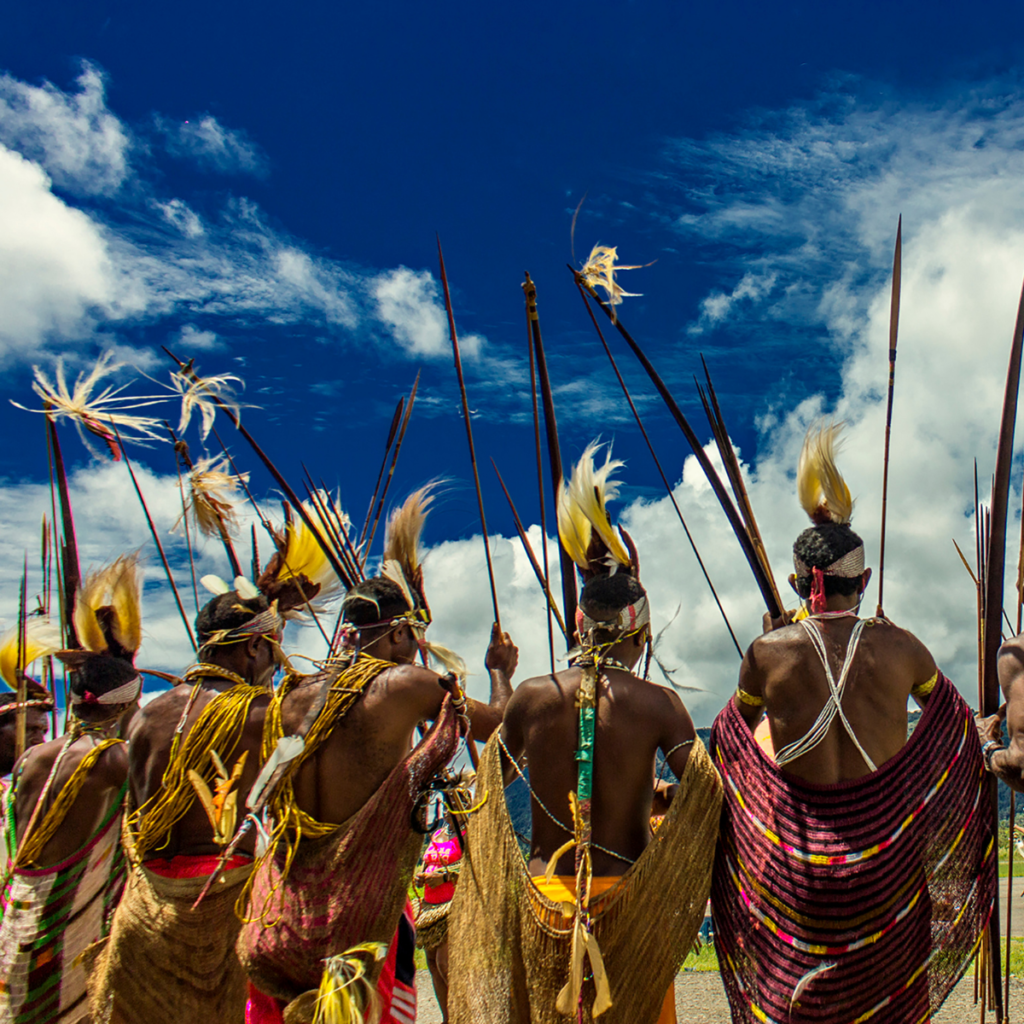By Ariel Gillespie, Environmental Research Analyst, Arowana
In previous posts, we’ve looked at the different areas of impact investing. Climate investing and community investing are usually separate undertakings, but both are goals of philanthropic and socially responsible investment. Both climate and biodiversity, and social and community development, are needs recognised by the United Nations’ Sustainable Development Goals (UN SDGs).
Indigenous peoples, despite being only 5% of the global population, care for 80% of the world’s biodiversity. Across the globe, indigenous peoples share a connection with the land and a close, spiritual linkage to their ancestors’ domain. However, indigenous culture and practices are often marginalised, disrespected, and blatantly discriminated against. Colonialism and more recent social media trends shape the broader culture of what is desirable, professional, and worthy of respect. Indigenous peoples interact with this culture too and, as a result, are often not held in high public esteem. This attitude can influence how we perceive development, conservation, and investment.
Most community investing involves economic development that sustains the access of community members to basic human rights such as access to clean water, food security, jobs, and quality education. Despite the good brought by such endeavours, unfettered development can result in environmental degradation and human exploitation. When short-term economic gain is prioritised over environmental conservation and human rights, efforts to preserve biodiversity and abate global warming are likewise undermined.

Investing in indigenous communities should be considered an investment in climate and biodiversity conservation as well. Providing support for people who are already sustainably living off and conserving the environment means hitting two birds with one proverbial stone. Many indigenous peoples’ organisations have argued that in a post-pandemic world, a direct investment in indigenous communities is the most effective way to fund climate and biodiversity projects.
A recent report by the Food and Agriculture Organization (FAO) and the Fund for the Development of Indigenous Peoples of Latin America and the Caribbean (FILAC) suggests five principal policy and investment recommendations for companies, governments, and development agencies. These are to:
- strengthen territorial rights of indigenous peoples (as many are under threat of deforestation and land degradation for agriculture, development, and mining);
- promote community forestry;
- compensate indigenous communities for the environmental services provided by the environments they manage and care for;
- reaffirm traditional cultures and knowledge; and
- support territorial governance and indigenous organisations and institutions.
In the Philippines, there are 110 indigenous groups whose diverse customs and traditions offer insights into sustainable living. Arowana Impact Capital recognises the importance of investing in these communities in a way that promotes the conservation of their cultures as a means of investing in climate action and biodiversity conservation.
References:
- Selibas, D. April 2021. Empowering Indigenous peoples crucial to climate, biodiversity crises: Study. Retrieved from: https://news.mongabay.com/2021/04/empowering-indigenous-peoples-crucial-to-climate-biodiversity-crises-study/
- The World Bank. Undated. Indigenous Peoples Overview. Retrieved from: https://www.worldbank.org/en/topic/indigenouspeoples
- The Guardian Labs, Climate Academy by Grounded. Undated. Why protecting Indigenous communities can also help save the Earth. Retrieved from: https://www.theguardian.com/climate-academy/2020/oct/12/indigenous-communities-protect-biodiversity-curb-climate-crisis
- Castro, N. November 2020. Indigenous Peoples of the Philippines. Retrieved from: https://www.youtube.com/watch?v=lyijjH2RFnE

